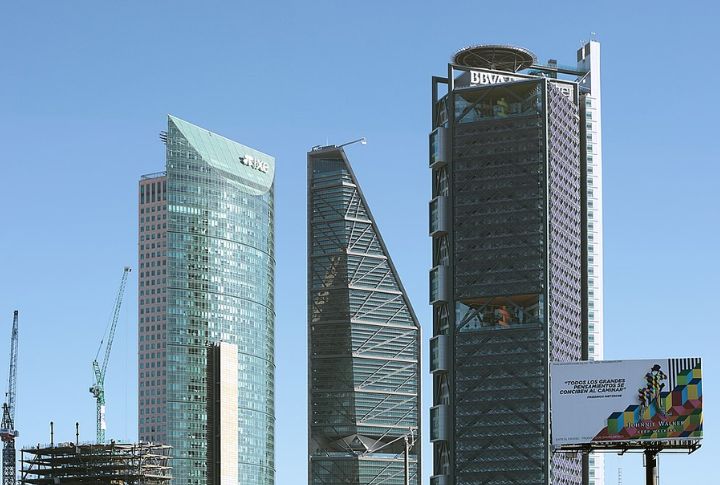
When skyscrapers break the mold, they become landmarks not just for their size but for their personality. These buildings aren’t just tall. They’re special. With spiraling towers and shapes that defy logic, here are 20 real skyscrapers that went off-script and earned their place in architectural history.
Aqua Tower
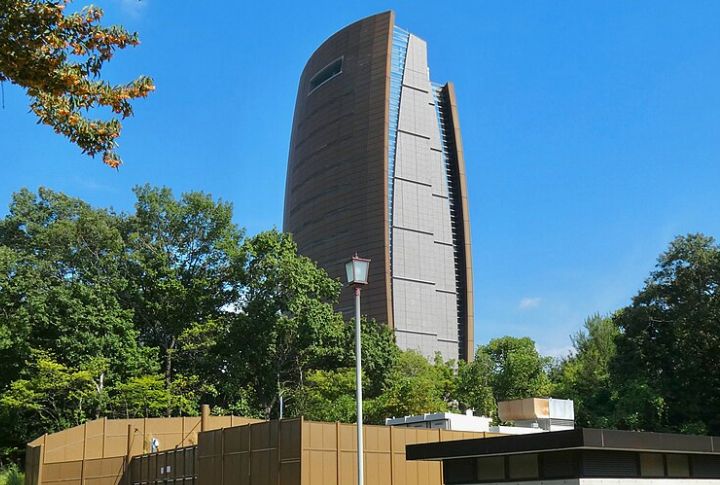
Chicago’s Aqua Tower rises 876 feet with curving concrete balconies that ripple like waves. Designed by Jeanne Gang and completed in 2009, its organic form reduces wind pressure and boosts light exposure. It’s one of the tallest buildings designed by a woman—and it looks like it was carved by water.
Lipstick Building
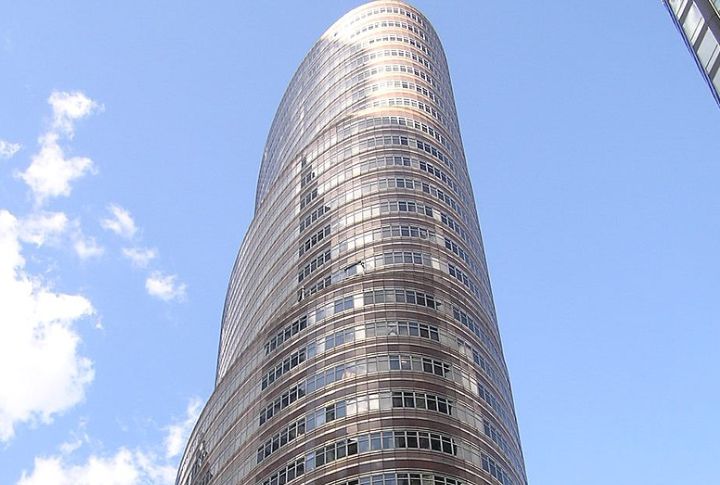
Officially 885 Third Avenue, this 453-foot Manhattan tower earned its nickname from its shiny red granite and rounded form. Designed by Philip Johnson and John Burgee, the building was completed in 1986. Its layered ellipses and tapered silhouette stand out in Midtown’s grid of glassy rectangles.
Dancing House
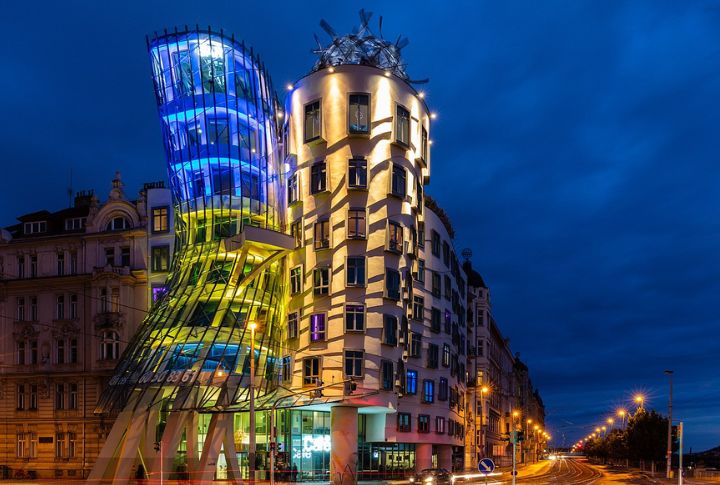
Frank Gehry and Vlado Milunic designed Prague’s Dancing House, which was finished in 1996. It’s not so tall, but with nine floors above and two underground, it’s so surreal it earns an honorary spot. The house’s leaning, curved towers evoke a couple mid-dance. It’s polarizing and impossible to ignore along the Vltava River.
Torre Glories
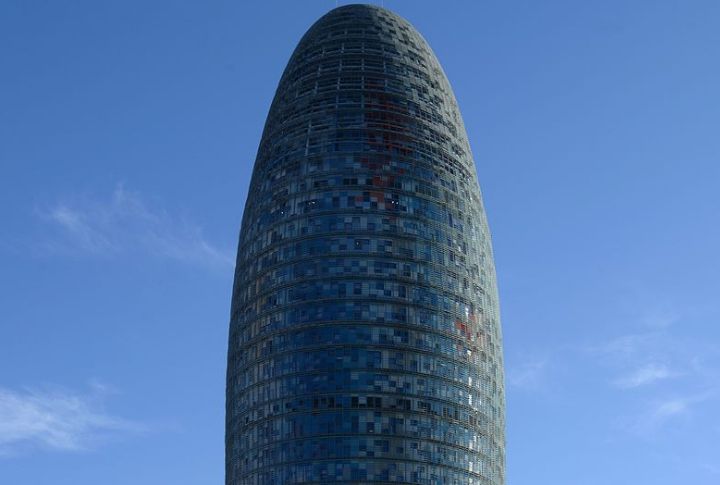
Formerly Torre Agbar, this 474-foot Barcelona skyscraper looks like a glowing bullet at night. Jean Nouvel’s design features over 4,500 reflective window panels and a smart ventilation system. With its elliptical silhouette and color-shifting skin, it’s one of Europe’s boldest modern towers.
Robot Building
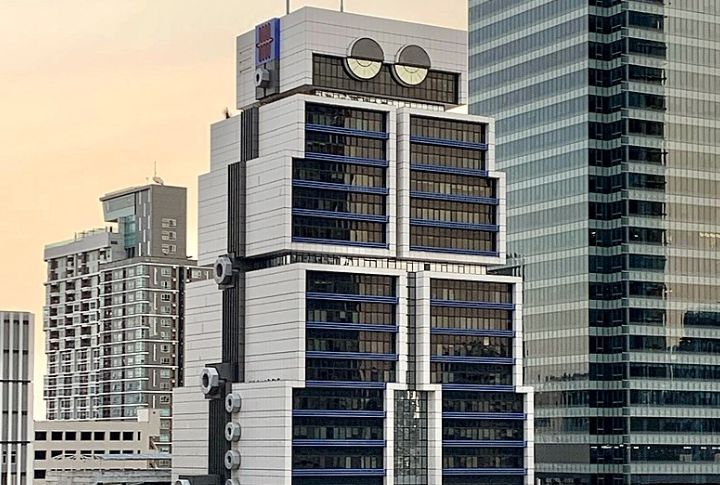
Bangkok’s Robot Building doesn’t just hint at futurism—it fully commits. Completed in 1986 and standing 272 feet tall, it mimics a vintage robot with antennae, bolt-like eyes, and metallic cladding. Architect Sumet Jumsai designed it for the Bank of Asia, blending high-tech metaphor with postmodern flair.
Torre Reforma
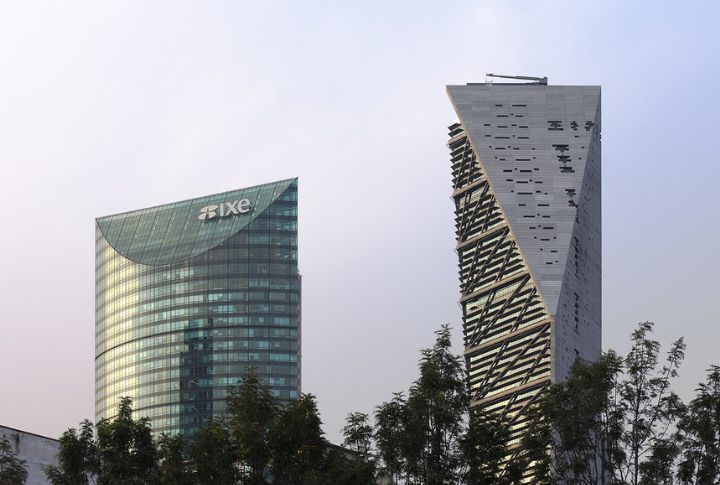
This one’s a sustainable fortress disguised as a sculpture. Mexico City’s Torre Reforma climbs to 807 feet with a jagged, triangular design built to withstand earthquakes. It has open-air terraces, energy-saving systems, and exposed concrete walls.
Turning Torso
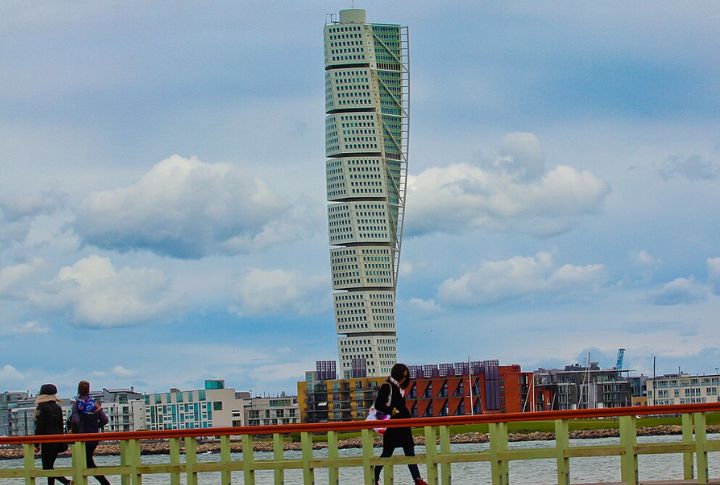
Inspired by a twisting human figure, Sweden’s Turning Torso spirals 90 degrees from base to crown. At 623 feet, it was Europe’s tallest residential skyscraper when completed in 2005. Santiago Calatrava designed this landmark in Malmo, showing equal parts engineering feat and anatomical abstraction.
F&F Tower
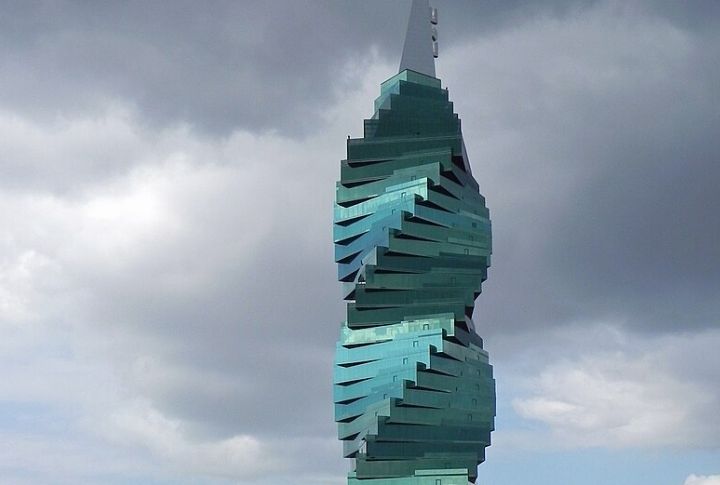
Panama City’s F&F Tower resembles a spinning emerald helix. Completed in 2011 and standing 807 feet tall, its 53 stories twist upward in a dramatic corkscrew. The glass facade reflects light-like scales, adding to its alien-like geometry in the city’s skyline.
Torre de Cristal (Glass Tower)
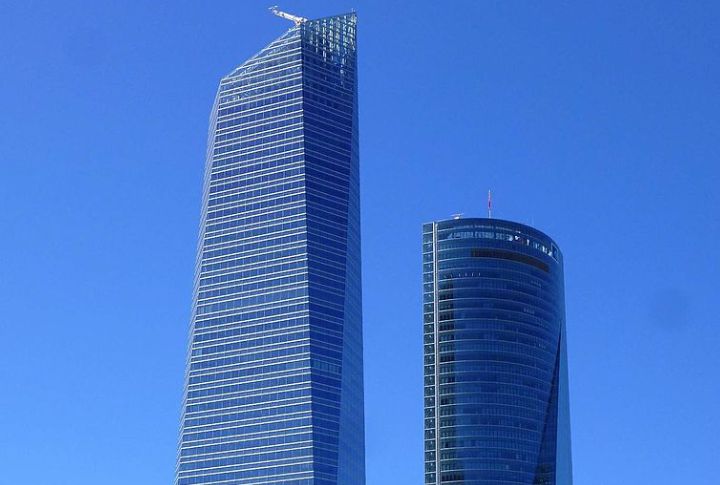
The “Glass Tower” is one of four towers reshaping Madrid’s financial district with bold vertical silhouettes. Cesar Pelli’s design features sleek lines, shimmering panels, and a rooftop garden. Torre de Cristal is 817 feet tall and was Spain’s tallest until 2021.
Absolute World Towers (Marilyn Monroe Towers)
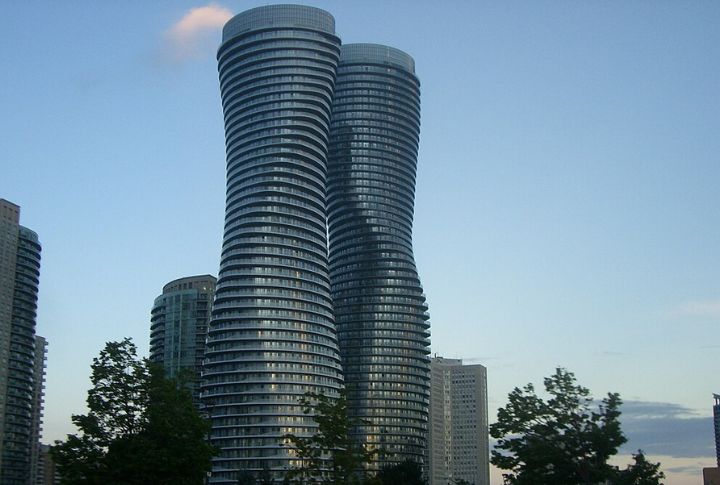
Nicknamed the “Marilyn Monroe Towers,” these twin skyscrapers in Mississauga, Canada, twist with soft curves from top to bottom. Rising 589 and 529 feet, they were completed in 2011 by MAD Architects. Their sculptural forms bring unexpected elegance to Ontario’s skyline.
Torre Cepsa
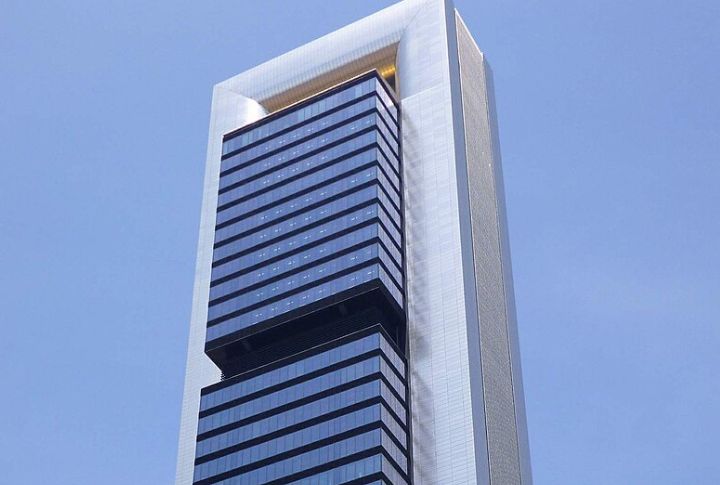
Part of Madrid’s Cuatro Torres Business Area, Torre Cepsa rises 815 feet with minimalist elegance. Designed by Norman Foster and completed in 2008, the tower’s glass-and-steel exterior conceals one of the tallest atria in Europe. Its clean profile stands out in Madrid’s increasingly experimental skyline.
Ryugyong Hotel
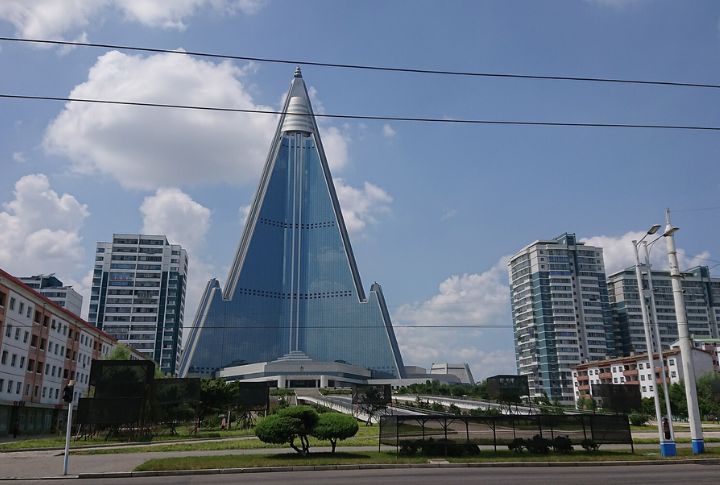
North Korea’s Ryugyong Hotel dominates Pyongyang’s skyline with a looming 1,082-foot pyramid form. Construction began in 1987 and stalled for decades. Though its exterior was finished in 2011, the building remains largely empty. Its angular symmetry and eerie stillness give it a sci-fi presence unlike anything else.
Bank Of China Tower
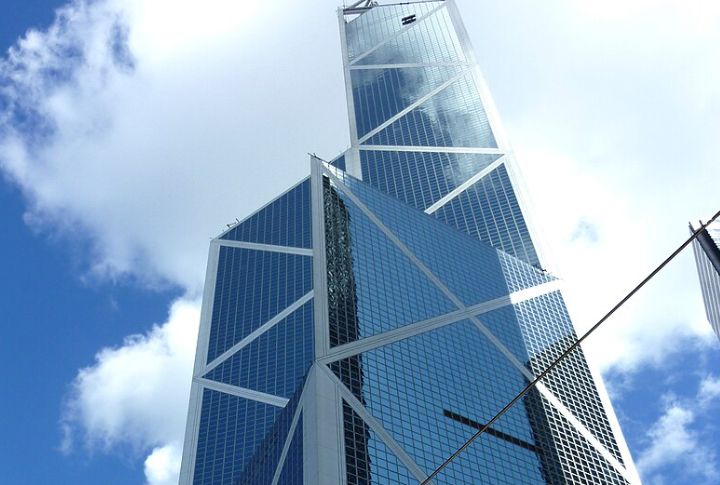
Hong Kong’s Bank of China Tower, completed in 1990, rises 1,205 feet in a series of jagged geometric shards. Designed by I.M. Pei, it was Asia’s tallest building for a time. Its structural system uses steel trusses and X-bracing, giving it strength without excessive internal columns.
Marina Bay Sands
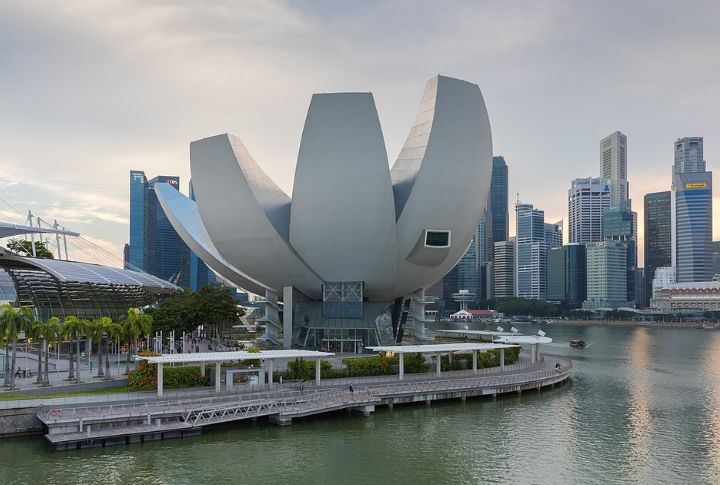
Singapore’s Marina Bay Sands isn’t one tower—it’s three, topped by a cantilevered SkyPark stretching over 1,100 feet. Moshe Safdie designed these 656-foot towers that hold a hotel, casino, mall, and a rooftop infinity pool that hovers like a spaceship docked midair.
Elephant Building
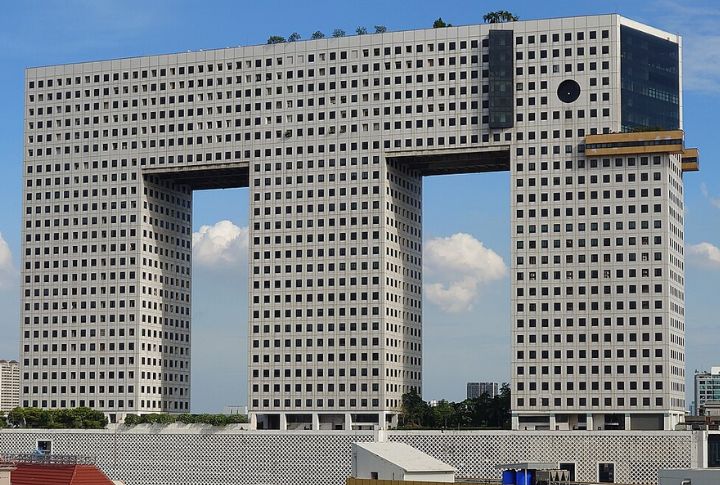
The 335-foot Elephant Tower in Bangkok does what it says—it looks like a pixelated elephant. Sumet Jumsai designed this query tower, which was completed in 1997. It includes condos, offices, and shops. The elephant’s trunk, tusks, and even a tail are visible in the blocky facade. This makes it part building and part mascot.
CCTV Headquarters
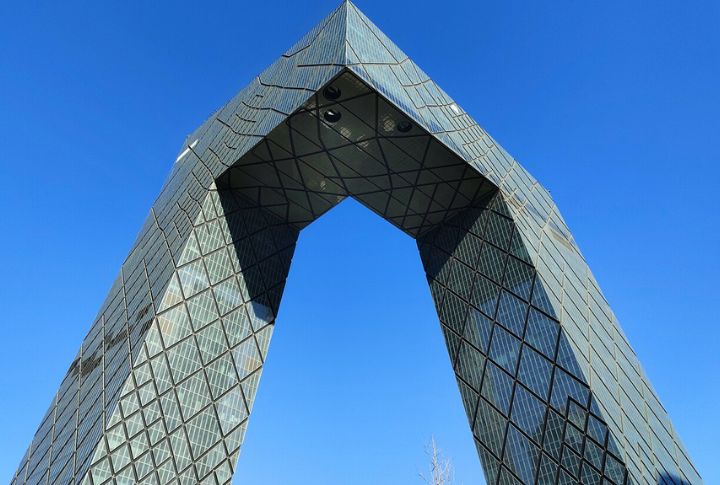
Designed by Rem Koolhaas, Beijing’s CCTV Tower defies traditional form with a gravity-bending loop of steel and glass. The 768-foot structure cantilevers dramatically in midair. Locals nicknamed it “Big Pants,” but its structural ambition makes it one of the boldest designs of the century.
Lakhta Center
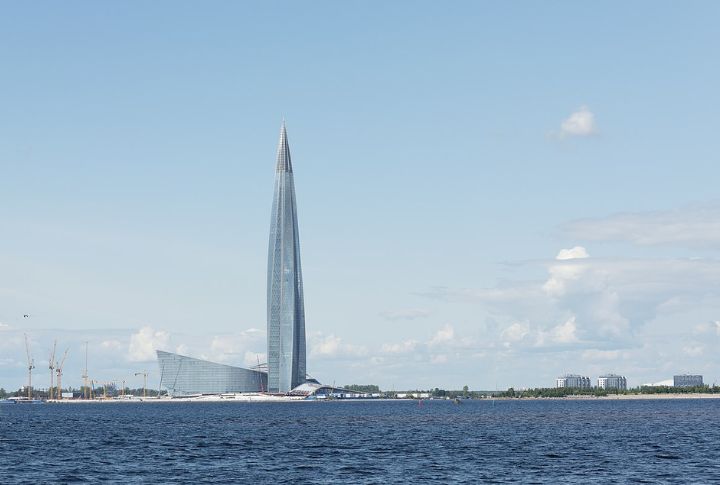
At 1,516 feet, Russia’s Lakhta Center is the tallest building in Europe. It curves like a blade twisting upward. This tapered silhouette was designed to reduce wind load, and its double-skin facade increases insulation. The Lakhata Center looks like it was engineered for a distant, colder world.
The Frame
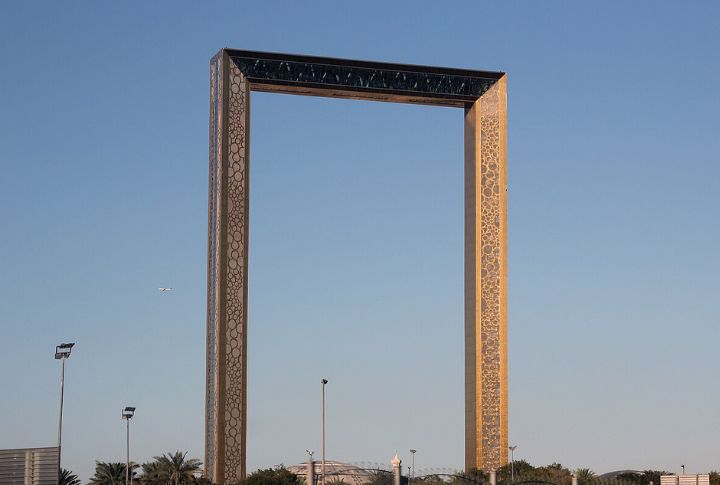
Dubai’s 492-foot Frame is both an observation tower and a monument. It literally frames the city’s skyline with two vertical towers linked by a horizontal bridge. From afar, the building looks like a golden portal—or a piece of alien architecture awaiting activation.
Al Tijaria Tower
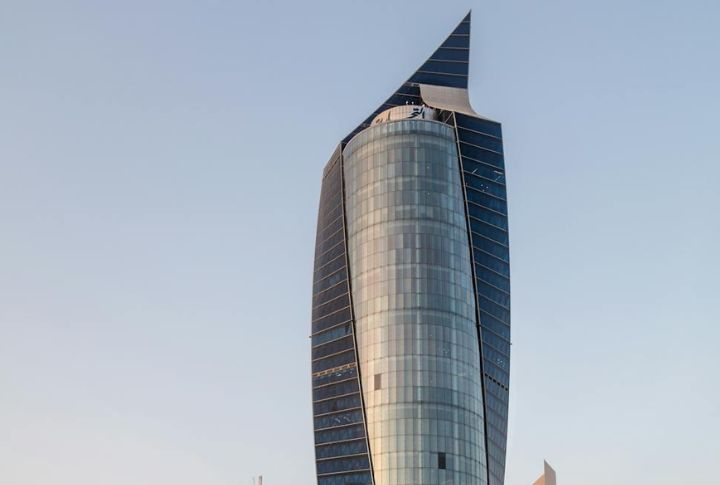
Kuwait City’s Al Tijaria Tower spirals asymmetrically up to 722 feet with an offset twist, unlike most symmetrical spires. Completed in 2009, its ribbon-like glass exterior appears to flow in motion. It’s an architectural outlier among the boxy towers nearby—and almost dizzying from certain angles.

